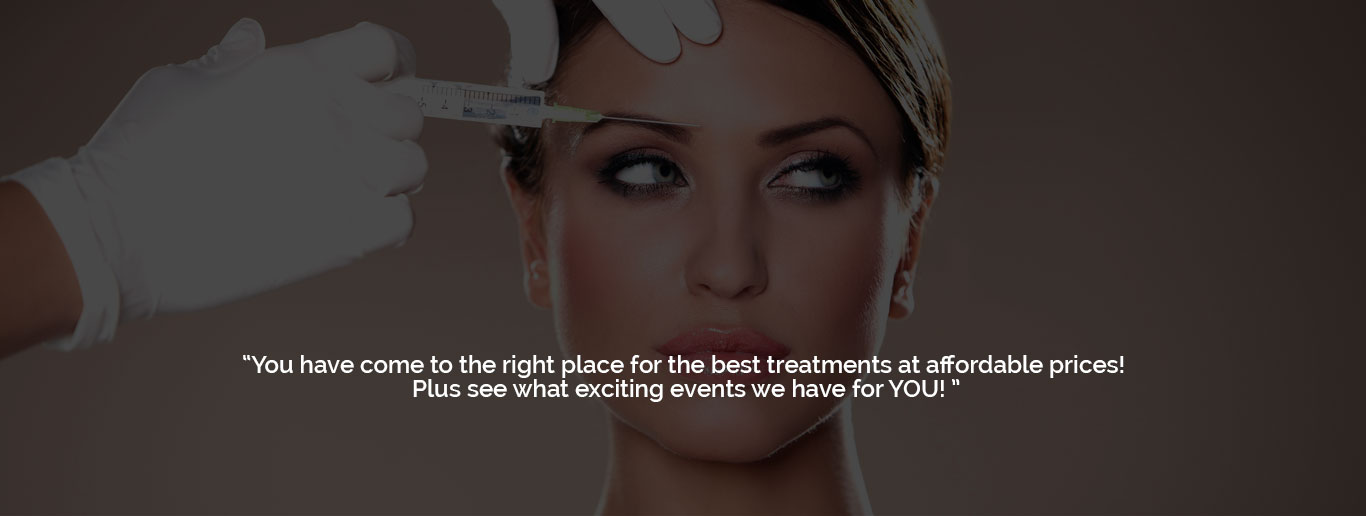
Laser Hair Loss Therapy
Laser Hair Loss Therapy background information
The history of baldness cures that don't involve some form of surgery can be summed up rather succinctly. From prehistory to the late 1980s, nothing worked. All baldness cures were figuratively and often literally snake oil.
Then came Minoxidil (marketed in the UK as Regaine®) followed quickly by Finasteride (marketed in the UK as Propecia®). These products can prevent hair loss and in some cases, grow new hair.
Genes are behind most of the bald and thinning heads out there, male and female. You can inherit baldness from your mother or your father. Baldness is not passed only through the mother's side, a quick look at the countless number of bald fathers and sons will nullify this myth.

There are now a wide range of products, available on the market, which claim to provide a solution to hair loss.
The use of low-level laser therapy (LLLT), although shown in some studies to be effective in improving the thickness and fullness of hair on its own*, is often combined with proven scalp and hair re-growth products, for a full hair loss treatment program.
Low-level laser hair loss therapy is now recognized throughout Europe and in the United States as an effective treatment for most forms of hair loss, including male and female pattern baldness. It is suitable for anybody who is in the early stages of thinning.
If you are considering laser hair loss therapy the following information will give you a basic understanding of the procedure. It can't answer all your questions, since a lot depends on the individual patient.
What happens during a Laser Hair Loss Therapy treatment?
In your first consultation with Dr. Brown, you should clearly explain your expectations of the laser hair loss therapy treatment. Dr. Brown would then advise you as to the right treatment for you and whether it can achieve the results you'd like.
Make sure that you obtain as much information as necessary to enable you to make a fully informed decision about this procedure.
We would also take a full medical history to make sure that there are no reasons why you shouldn't undergo low-level laser treatment and/or to identify the cause of your hair loss. At this point, you would also normally be asked to sign a consent form which means that you have understood the future benefits and possible risks associated with the procedure.
Photographs of the area to be treated will also be taken for a "before and after" comparison later.
During treatment the laser therapy machine sits over your head. The laser hood is a static device which holds a number of laser diodes. The diodes omit a specific wavelength and frequency of light, delivering low level light therapy to the hair follicles.
You do not feel anything at all under the machine and the session takes about 25 minutes.
Repeat treatments are required weekly for approximately 3 to 6 months, depending on the extent of hair loss.
As well as sessions under the laser device, you will normally also be given specific hair care and hair re-growth products for at-home use, in combination with the laser therapy, to try and achieve the best results possible.
What are the risks and potential complications from Laser Hair Loss Therapy treatment?
Low-level laser hair loss therapy has been the subject of many years of research and development, and conforms to European standards and American FDA (Food and Drug Administration) regulations for safety.
It is safe and painless with no known side effects!
Who can perform Laser Hair Loss Therapy?
The laser hair loss therapy treatment should be carried out under Doctors supervision and by someone who has experience and training in setting up and operating the equipment.
Summary of advice for Laser Hair Loss Therapy
Losing your hair can have a devastating psychological effect on a person, most especially women, knocking your self-confidence and potentially making you withdraw from your social life.
With advances in technology there are now low-level laser devices available which, in conjunction within proven hair loss drugs, have been shown to improve hair quality, making it fuller, shinier and thicker.
According to research, laser hair loss therapy treatment used alone, including some at-home devices can be effective in improving the general condition of the hair. However, most clinics advise clients that by using everything together, i.e. the laser in combination with hair loss drugs and hair care products, the best overall results can be achieved.
Vein Treatments (Sclerotheraphy)
Removal of Skin Tags